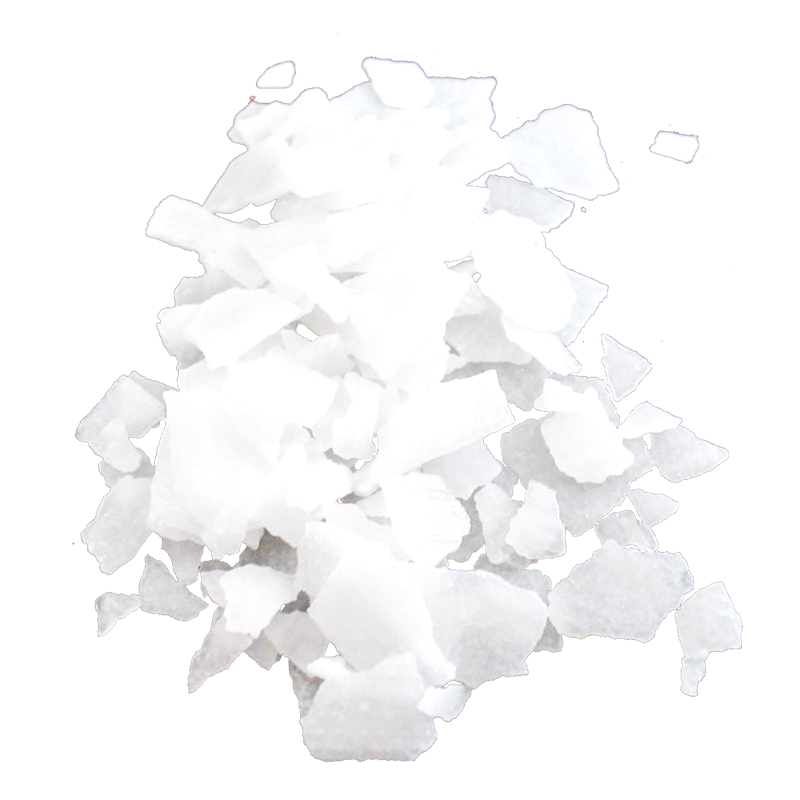
Caustic Soda
Caustic soda, also known as Sodium hydroxide is an inorganic compound that is a white solid ionic compound consisting of sodium cations and hydroxide anions. Sodium hydroxide is a highly caustic base and alkali that decomposes proteins at ordinary ambient temperatures and may cause severe chemical burns. It is highly soluble in water, and readily absorbs moisture and carbon dioxide from the air.
The commercially available “sodium hydroxide” is often this monohydrate, and published data may refer to it instead of the anhydrous compound. As one of the simplest hydroxides, sodium hydroxide is frequently utilized alongside neutral water and acidic hydrochloric acid to demonstrate the pH scale to chemistry students.
Usage of Caustic Soda:
Chemical pulping; Tissue digestion; Dissolving amphoteric metals and compounds; Esterification and transesterification reagent; Food preparation; Cleaning agent; Water treatment; Historical uses; In cement mixes, mortars, concrete, grouts; Experimental and other.
Sodium hydroxide is used in many industries: in the manufacture of pulp and paper, textiles, drinking water, soaps and detergents, and as a drain cleaner.
Chemical formula:
NaOH
Other names:
Sodium hydroxide, Lye, Ascarite, White caustic, Sodium hydrate
Appearance:
White, hard (when pure), opaque crystals
Density:
2.13 g/cm3
